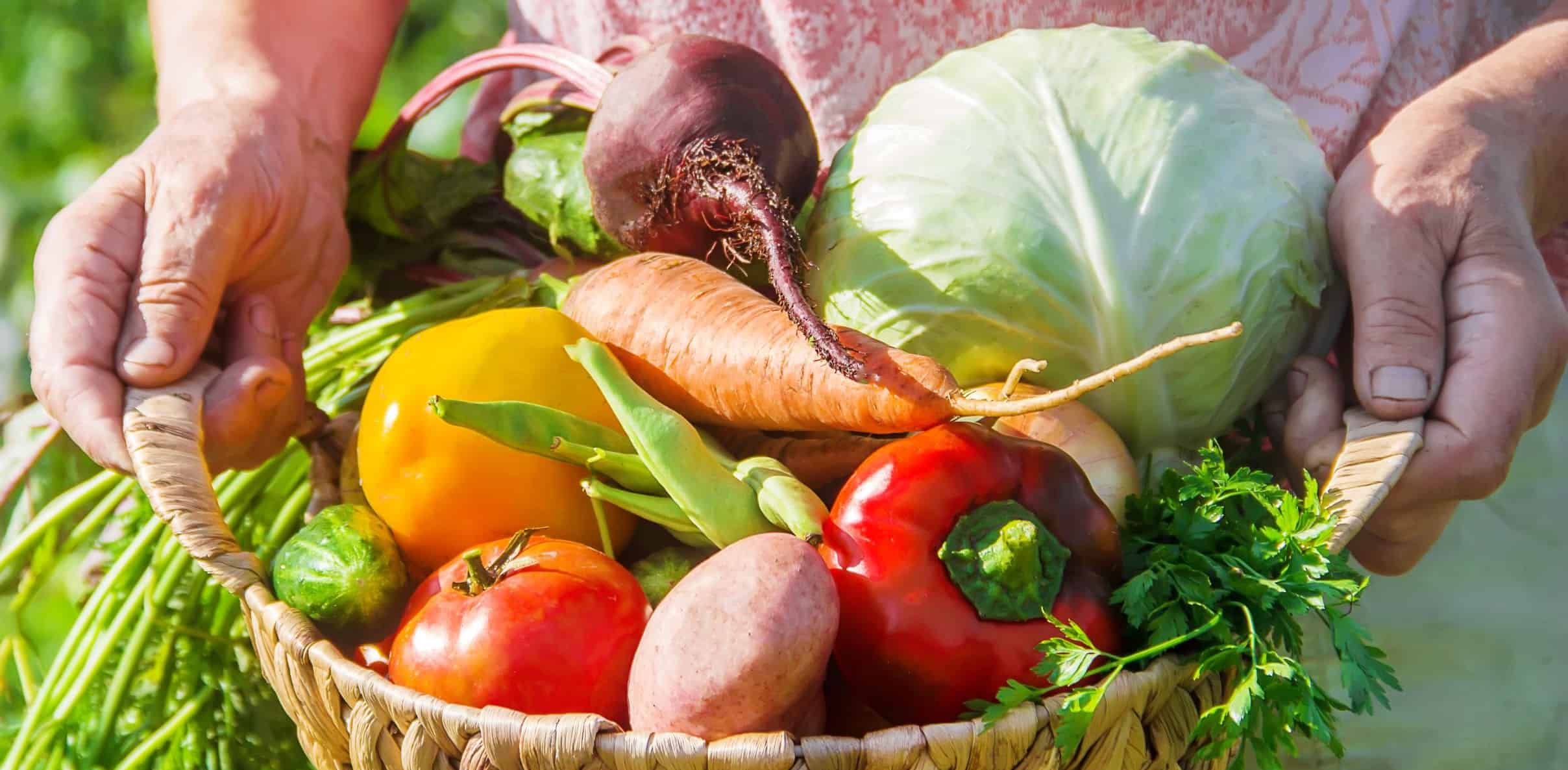
Planting a Victory Garden 2.0 is a good way to preserve your sanity in a crazy world. Plus, you get vegetables!
Victory Gardens were vegetable and fruit gardens that people planted in their yards during World War Two. Not only were Victory Gardens a great way to provide homegrown food, but these gardens were morale boosters during the war.
In 2020, the Victory Garden idea was brought back to life when the COVID-19 outbreak forced millions of people worldwide to quarantine and stay at home. Instead of feeling helpless, thousands of people retuned to gardening by starting a Victory Garden 2.0. That’s because growing plants and tending a garden provides stress relief, a healthy outdoor activity, and food security.
Many people don’t realize that gardening has a history of being a coping tool during times of national crisis. During the first World War more than 100 years ago, the U.S. government encouraged Americans to plant vegetable gardens. (Back then, they were called Liberty Gardens.) Today, in a time of political polarization that can seem a lot like a “cold war,” a Victory Garden in the yard can be a kind of horticultural therapy. It’s time we all embrace it! Anyone who has a backyard, a patio, or a sunny balcony can plant a Victory Garden 2.0 of their own.
If you don’t like the name Victory Garden 2.0, you can call it a Sanity Garden. Let’s face it, a backyard garden of any kind can help you from going crazy in these crazy times.
The History Of Victory Gardening
Starting a Victory Garden is about as American as apple pie. Growing a backyard vegetable garden has been an essential part of American life since America was comprised of British colonies.
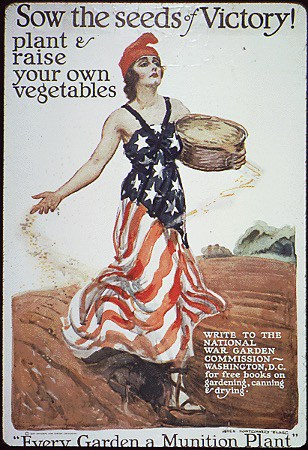
During World Wars I and II, growing homegrown vegetables became downright patriotic. Back then, concerns about wartime food shortages led to a government push for homeowners to convert their yards into vegetable garden patches–which everyone called Victory Gardens.
At their peak during WWII, approximately 20 million victory gardens spanned the nation. These gardens produced an astounding 40% of the country’s supply of vegetables.
The small family vegetable patches took a lot of strain off the food supply chain, and they helped ensure that neighborhoods were well fed with nutritious food, even in the midst of a wartime crisis. They had another benefit, too. These gardens brought communities together.
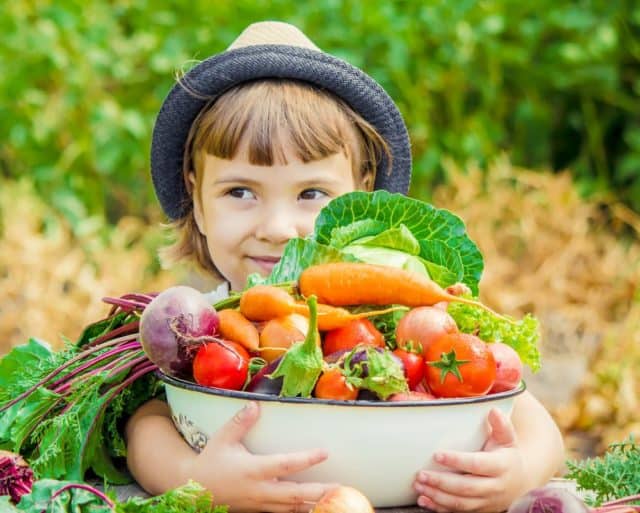
Victory Garden 2.0 in the 21st Century
Victory gardens were once a symbol of resilience and patriotism. Now, in a new kind of turbulent time, Americans are rediscovering edible gardening. That’s why a newer version of victory gardening–the Victory Garden 2.0 (also called a Sanity Garden)–is making a comeback.
In fact, according to Gabriel Maki, owner of Swanson’s Nursery in Seattle, “Seed packet sales for edible plants are up 30% to 40%.” Many other plant nurseries, local garden centers and online seed suppliers are also reporting record sales.
Benefits of Starting a Victory Garden
Even the smallest Victory Garden 2.0 has many benefits:
- There is something satisfying and comforting about growing your own veggies. It ensures a consistent supply of fresh, nutritious food, and no grocery trip is required.
- Stress relief. Studies show that growing a garden can reduce stress and improve mental health. Getting outside and literally getting your hands dirty is a wonderful way to feel active and take your mind off the coronavirus.
- Community building. A vegetable Victory Garden 2.0 is a wonderful way to socialize with other garden enthusiasts. And gardeners tend to be nice people.
A Quick Guide to Starting a Victory Garden 2.0
One of the wonderful things about gardening is it can be done in any space, and for every skill level. Whether you have expansive acreage or a small windowsill, growing your own victory garden is a rewarding experience. Here’s how to get started:
What You’ll Need
- Seeds or starter plants
- A garden plot (or containers for growing on a patio or balcony)
- Compost and/or fertilizer
- Trowel
- Shovel
- A source of fresh water
Choose (and Know) Your Space
The garden space you select will determine which plants will grow best, so choose wisely. Ideally, the garden will have at least 5 hours of sunlight every day, and it will have some protection from wind. If your garden will be indoors or in a shady space, you can supplement with grow lights,. Or, you can make-do with shade-tolerant veggies, like leafy greens.
Prepare Your Garden
Every new garden needs some prep-work. The work involved will vary a lot, depending on the type of garden you want to have. For easy, no-dig methods, consider a self-watering container or straw bale garden.
Raised garden beds are a great option, but they can be expensive and time consuming to set up. Planting vegetables directly into the ground is another very simple, low-cost solution. Before you plant, till the soil and add some high quality compost.
Pick Your Plants
The best edible plants to grow are the ones you will actually eat. Hate tomatoes? Don’t bother growing them. Save the space for other tasty veggies that you and your family will enjoy.
If you are new to vegetable gardening, choose some veggies that are easy to grow. Before it gets too hot, plant leafy greens such as lettuce and spinach. Zucchini and other squash varieties are easy to grow and very productive. And if you do like tomatoes, plant a couple of varieties. They are America’s most popular backyard crop because they are easy to grow, and each plant produces LOTS of fruit.
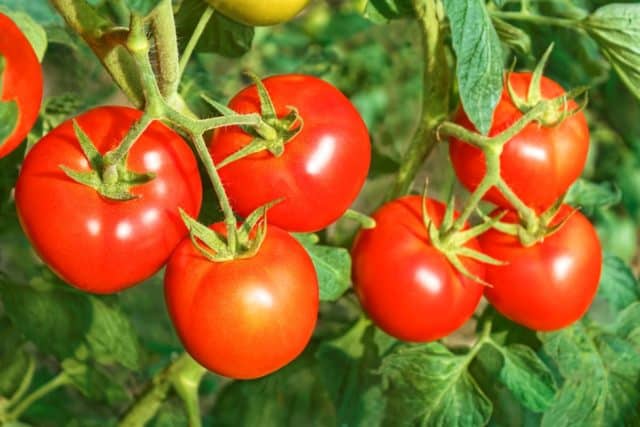
Best Plants for a Victory Garden
These tried-and-true edibles are known for their ease of care and high yields, perfect for a new Victory Garden 2.0!
For fast yields, these leafy greens are ready to harvest in under 6 weeks, and provide an ongoing harvest. Sow them outside in early spring and late summer. Or, grow them indoors near a window. They do not need as much sunlight, so they’re perfect for shady areas or inside.
- Lettuce
- Arugula
- Chard
- Kale
- Spinach
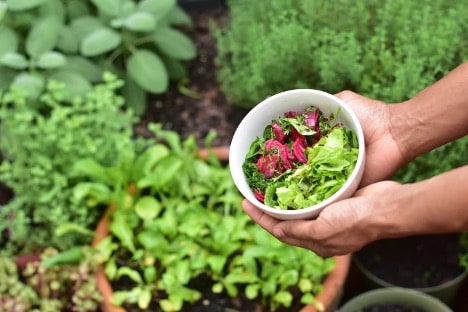
If you have a sunny space in the yard, these easy-to-grow edibles offer high yields all summer long:
- Summer squash and zucchini
- Tomatoes
- Carrots
- Beets (their leafy tops are edible too!)
- String beans
- Potatoes
Herbs are a fabulous addition to the garden. These are popular choices:
- Basil
- Oregano
- Mint
- Lemon balm
- Thyme
- Cilantro
For a more long-term approach to victory gardening, perennial (those that last more than one year) sources of fruit are the best choice. These plants offer yields year after year, often with bigger harvest every time. They usually take longer to get going, but are well worth the wait.
- Strawberries
- Raspberries
- Blackberries
- Blueberries
- Apple trees
- Cherry trees
- Apricot trees
- Fig trees

Start Learning
Gardening is an ongoing learning process, no matter how experienced you are. Make sure you read the seed packets and care sheets carefully before planting, and follow the instructions for best results. Join up with a local gardening club online to get some expert insight, and your questions answered.
For more helpful resources, read these stories:


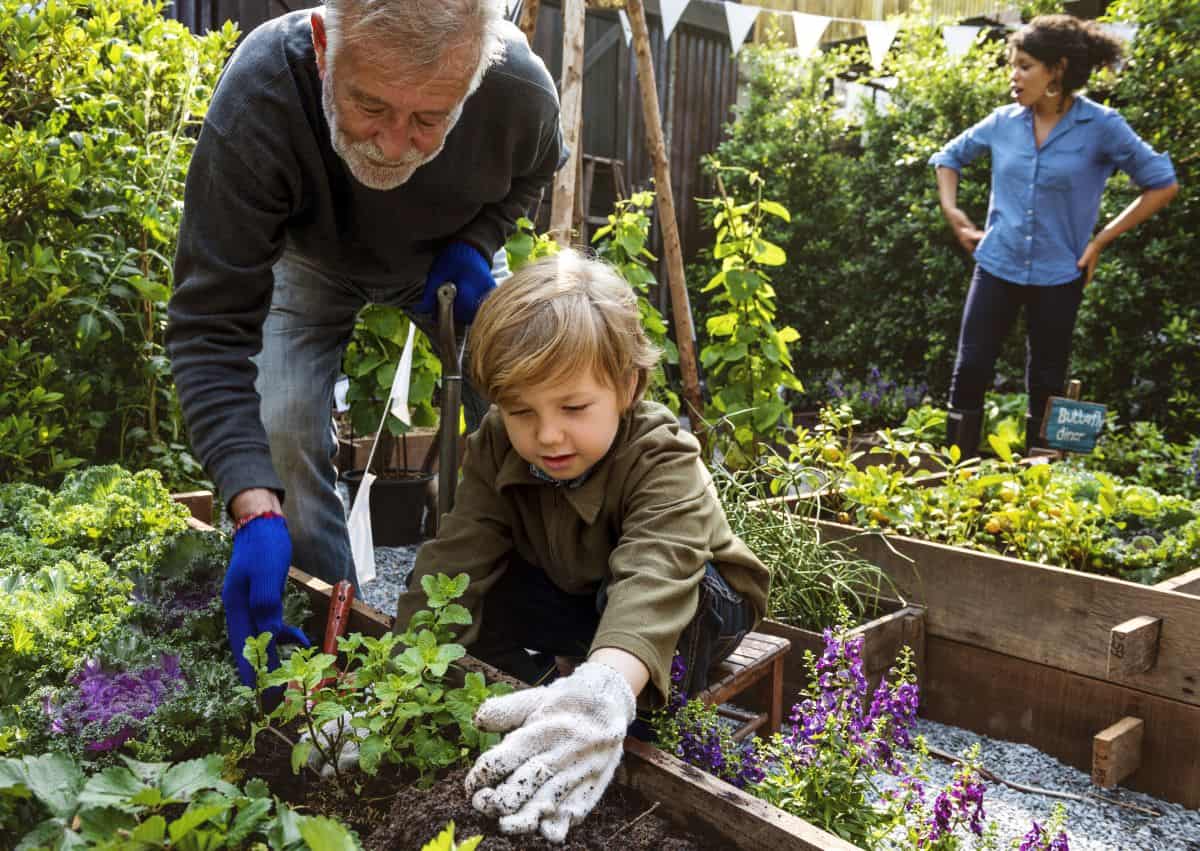



Leave a Reply